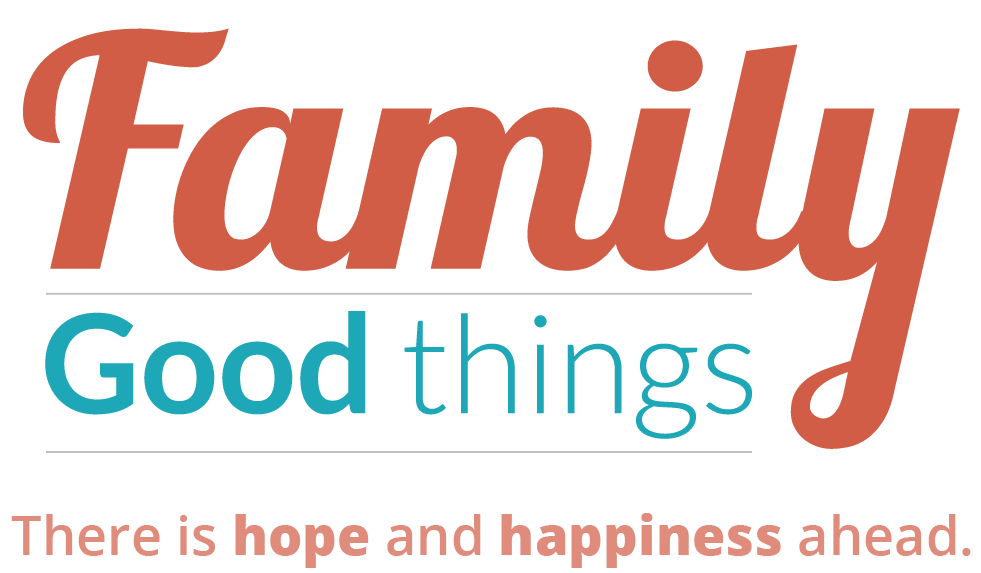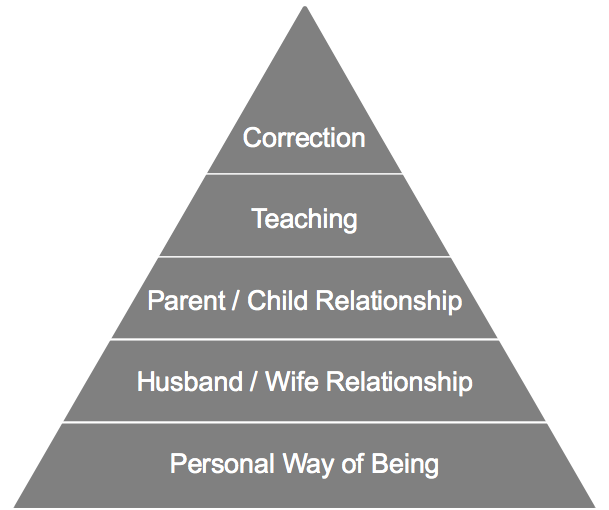The Pitch
Have I got a deal for YOU! What if I told you that I have something that could fix ALL of your child’s misbehavior with a simple solution—regardless of their age! And if you act now, I’ll throw in some ways to improve both you and your marriage!
I know what you’re thinking.
“How am I supposed to trust a guy who overuses exclamation points? This sounds like a pyramid scheme.”
Your skepticism at this point is understandable and healthy. (At one point in my life I was a door-to-door salesman and I can be very persuasive if needs be . . . even without exclamation points.)
Back to pyramid schemes. This offer to transform you and your family is indeed based in pyramids. But before your enthusiasm causes you to start sharing this article with every person you’ve ever known on Facebook, you might want to keep on reading just to be sure there isn’t a catch.
I know you are dying to hear about the pyramid and you’ve probably even skipped ahead because you can’t take it anymore. But first, a musical metaphor.
Same Ole’ Song & Dance
Since the early days of pop music many, many songs pretty much use the same four chords over and over. This trend holds true for country, rock and other genres as well. The songwriter simply has to change the lyrics, tempo, and dynamics enough and BAM! You’ve got yourself a new song…sort of. A very simple example of this is found in singing the “ABC song” and “Twinkle, Twinkle Little Star.” Not only is it the same chord structure, it is the exact same melody. And many people have never even picked up on it!
(I know you are singing it right now just to test it.)
So what’s my point, you ask?
Far too much of the parenting advice found in books, talk shows, blogs (not this one, of course), and even from many experts has a common thread through it. They are saying the same thing but using different words, strategies, and techniques. In other words, they are all using the same four chords and making slight modifications. The “song” (advice) goes something like this (you can use the ABC tune if you’d like):
“Correct your child’s behavior now, demand respect and obedience.”
I break this theme down in more detail in a previous post: Parenting Isn’t Rocket Science…it’s Harder! Unfortunately, this focus on correction is a lot like building a pyramid upside down.
Who would build a pyramid upside down you ask? This guy. Is it even possible?
Not in the real world.

This is where the pyramid scheme comes in…
Parenting Up the Pyramid, Not Down
Ok. So it’s not actually a scheme, but a powerful yet simple parenting model shaped into a pyramid. The model originally came from Dr. C. Terry Warner—founder of the Arbinger Institute—and has loads of research to support it. The parenting pyramid helps parents to look past the behavior—and misbehavior—of their children and start asking the right questions.
If we start with a false premise or assumptions about our kids, then we will inevitably ask the wrong questions—thus, leading us further away from the actual problem.
What Kinds of Questions are We Asking?
Consider the following questions I have recently received from well-meaning parents.
- How can we get my teenager to stop skipping class?
- What do we do to stop our toddler’s tantrums?
- How can I get my daughter to put down her smart phone?
- Our child won’t practice the piano. How can we fix that?
As mentioned in my Parenting Isn’t Rocket Science article, each of the above questions is focused on correction—the top of the pyramid. They are also, in essence, asking what to do when things go wrong. This is either flipping the pyramid on its head and starting with correction or assuming that all of the other pieces are firmly in place.
Now contrast the next set of questions with the previous set.
- How do we teach our children to be responsible?
- What do we do to help our children love each other?
- How do we help our children excel in the things they do?
- How do we help our children enjoy family activities?
These questions start from the overarching question: How do we help things go right?
Back to the Pyramid
Alright! I know you are dying to see how the pyramid is connected to all this! Me too. Let me break it down briefly and leave you with some homework. But don’t worry; my next posts will go deeper into each one of these levels.
Here’s a summary of the pyramid from the Arbinger Institute:
- Although correction is a part of parenthood, IT IS THE SMALLEST PART.
- The key to effective correction is effective teaching.
- The key to effective teaching is a good parent/child relationship.
- The key to a good parent/child relationship is a good husband/wife relationship.
- The key to a good husband/wife relationship is our personal way of being. Indeed, this quality affects every other aspect of the pyramid; that is why it is the deepest foundation.
Your Assignment
Now it’s time for the homework. With your spouse, think of a problematic behavior in one of your children. Decide carefully together how to ask the right questions — that is, making things go right. Then review the pyramid from the bottom up. Identity at least one thing you can do to improve in each of the bottom four levels. Then report back in the comments below.
The Catch
Remember, if it doesn’t work the first time, it’s not because this really is a scheme. It’s probably because this is a new way of looking at parenting. Don’t forget that improvement—in both you and your family—takes time. Step by step, you can build a happy and healthy family.
More pyramid good things to come!






